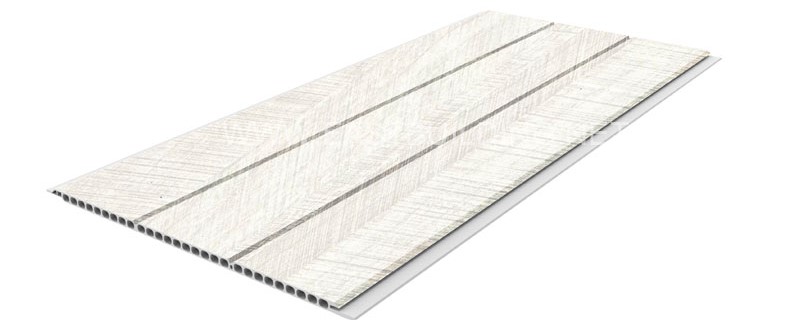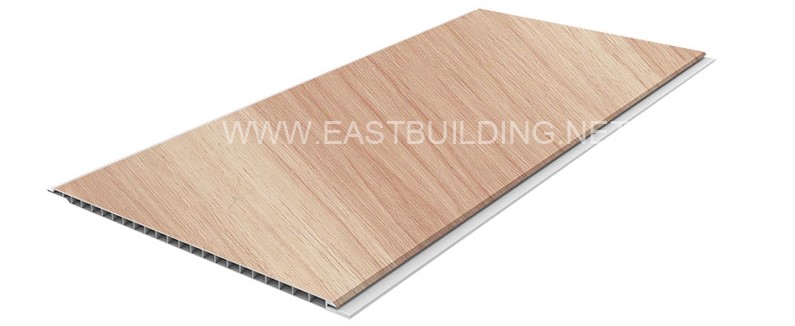+86 137 5078 4689 info@eastbuilding.net 

Although the two are PVC material, they are used in different situations. Being aware of the specific roles can yield better installation outcomes, minimal long-term expenditure, and facilitate sustenance of both the performance and the cosmetics.

Soffits traditionally are either made out of wood or metal and today PVC types are very popular. They never rot, warp or have to be repainted. They are also lighter to work on because they are light and can be easily installed using the normal tools.

Place: In the roof line: soffits; on walls: cladding.
Use: The soffits serve to ventilate; the eaves; whilst the cladding covers bigger areas and enhances insulation.
Visual Impact: Soffits are simple and neat. The cladding can frequently be used as a design component.
To the tradesman, knowledge of these functions means that you will only use the proper material in the proper location-call backs will be minimized and the long-term client satisfaction will be enhanced.
Many professionals choose PVC Soffits because they offer long-term reliability with minimal intervention. The reason they are special is as follows:
Weather resistive: Rust and rot resistant, non-warping, suitable to blend in different climate.
Low maintenance: It does not need painting, sealing or routine treatment.
Ventilation schemes and installation: Perforated ventilation design enhance airflow to the attic space.
Easy assembling: Sensitive, portable and easy to act and fix with time savings.
Clean appearance: improves on the appearance on the rooflines and eaves.
They also complement fascia boards and gutters and present a perfected finishing, which assists in preserving the integrity and aesthetics of a roof.
PVC Cladding Panels have grown in popularity thanks to their adaptability and performance.
Water resistant: Ideal in moisture control areas indoors and outdoors.
Uncomplicated cleaning: A clean wipe surface will allow easy and economically efficient cleaning.
Flexibility of sight: design is free through textured finishes, color and pattern.
Thermal performance: Aids in controlling the temperatures external use.
Rapid installation: Huge format panels decrease the installation.
Regardless of whether they are used on the exterior of buildings or on the interior in wet areas, these panels provide a low-risk high reward approach on time sensitive projects.
Use PVC Soffits around the roofline to ventilate the attic and protect roof edges.
Use PVC Cladding Panels on exterior walls for weatherproofing or interior surfaces in bathrooms and kitchens.
The combination of the two materials will guarantee continuity in look and strength. It also makes the job easy in sourcing and logistic particularly when purchasing a single supplier such as East Building.
Here’s how to decide which one you need:
Roof ventilation or rafter protection needed? Go with PVC Soffits.
Wall protection or visual upgrade required? Choose PVC Cladding Panels.
Working in wet, humid environments? Cladding is better suited.
Looking for minimal maintenance? Both deliver, but soffits are especially passive.
For projects where both wall and roof elements are exposed, using both products can bring a seamless, protective finish.
Knowing when to use PVC Soffits versus PVC Cladding Panels comes down to their core functions. One is used to support the airflow and roof protection. The other protects the surfaces and increases the visual quality.
They present excellent durability and cost effectiveness, and ease of installation. And, put in combination, they create a mighty, single defensive shield around your building.
At East Building, we provide both options to help builders deliver quality and consistency from rooftop to foundation.
Ans. PVC Soffits are placed under roof eaves to ventilate and protect. PVC Cladding Panels are fixed to walls for insulation and protection from moisture and weather.
Ans. Yes, PVC Soffits are weather-resistant, maintenance-free, and longer lasting than wood, which can warp or rot over time.
Ans. Yes,Many PVC Soffits come with integrated vents to support attic airflow, reduce heat buildup, and prevent moisture damage.
Ans. Yes, PVC Cladding Panels are fully waterproof and ideal for both interior wet zones and exterior façades exposed to rain.